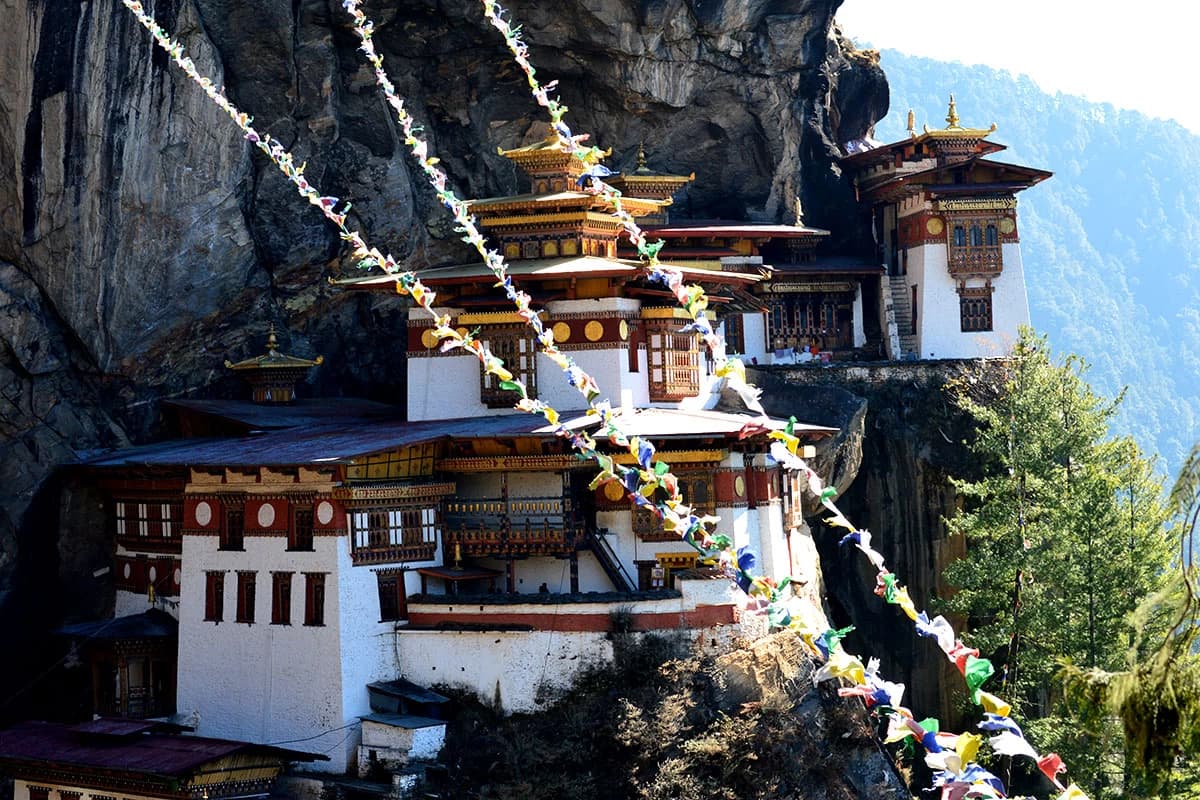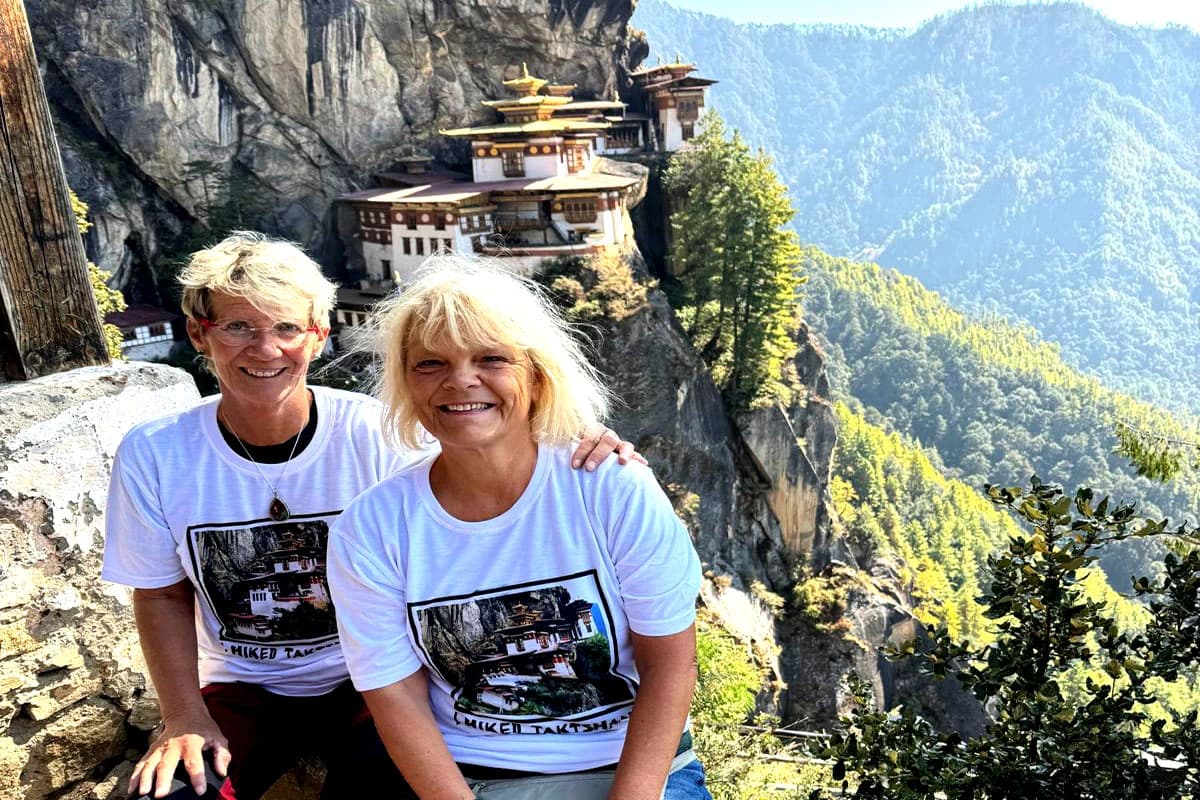Bhutan is a small landlocked country located in the Eastern Himalayas, known for its unique culture, traditions, and natural beauty. A Bhutan tour is a journey to explore the country's rich heritage, its stunning landscapes, and its people.
During a Bhutan tour, travelers can visit several UNESCO World Heritage sites such as the Paro Taktsang (Tiger's Nest Monastery), the Punakha Dzong, and the Jigme Dorji National Park. They can also experience traditional Bhutanese culture and daily life through visits to local villages, markets and monasteries.
A Bhutan tour is not complete without experiencing the local cuisine, which is known for its unique flavors and ingredients. Some popular dishes include ema datshi, a spicy dish made with chili and cheese, and red rice, a staple food of Bhutan.
For those interested in adventure activities, a Bhutan tour can also include trekking and hiking in the Himalayas, white-water rafting and kayaking on the rivers, and mountain biking through the scenic countryside.
Also, the Bhutan tour offers a unique and enriching experience for travelers who seek to learn about the country's culture, history, and nature. It is an opportunity to escape the hustle and bustle of daily life and immerse oneself in the beauty and serenity of Bhutan.
Major Highlights: Best of Bhutan Tour Package with Best Price 2026, 2027
Paro Taktsang (Tiger's Nest): This iconic and sacred Buddhist temple is perched on a cliff in the Paro Valley and offers breathtaking views of the surrounding mountains.
Punakha Dzong: This beautiful 17th-century fortress is located at the confluence of two rivers and serves as the religious and administrative center of the Punakha district.
Hiking in the Himalayas: With its rugged and picturesque landscapes, Bhutan offers plenty of opportunities for trekking and hiking, including popular routes like the Snowman Trek and Jhomolhari Trek.
Festival Celebrations: Bhutan is famous for its vibrant festivals, which are a kaleidoscope of traditional music, dance, and masked performances. The most famous festivals include the Paro Tsechu, Thimphu Tsechu, and Punakha Dromchoe.
Dzongs: Bhutan is home to a number of beautiful dzongs, which are ancient fortress monasteries that serve as both spiritual and administrative centers.
Wildlife Watching: Bhutan is a wildlife lover's paradise, with an abundance of rare and exotic species, including the Bhutanese takin, Himalayan black bear, and snow leopard.
Culture and Traditions: Bhutan is known for its rich cultural heritage, with a vibrant and distinctive architectural style, traditional festivals and rituals, and a thriving weaving and textile industry.
Buddhism: Bhutan is home to some of the most important Buddhist sites in the world, including the Paro Taktsang, Tango Monastery, and Chimi Lhakhang.
Scenic Drives: Bhutan offers stunning views of the Himalayan Mountains and rolling hills, with roads that wind through lush forests and rural villages.
Local Cuisine: Bhutan's cuisine is heavily influenced by Tibetan and Indian cuisine, and features spicy stews, soups, and curries, as well as local specialties like ema datshi (a dish made with chili peppers and cheese).


